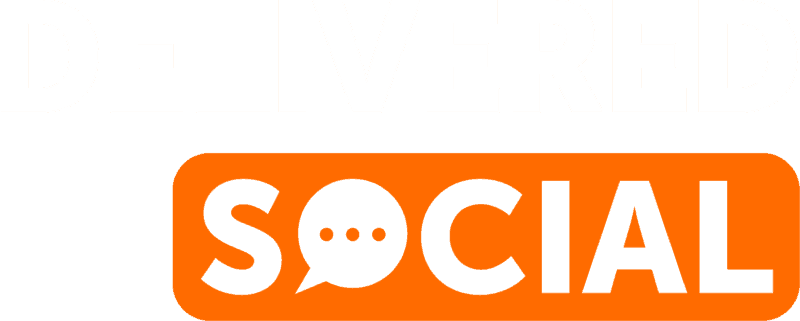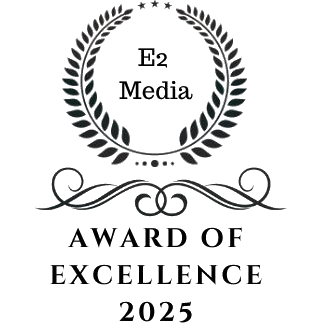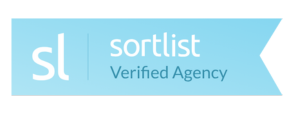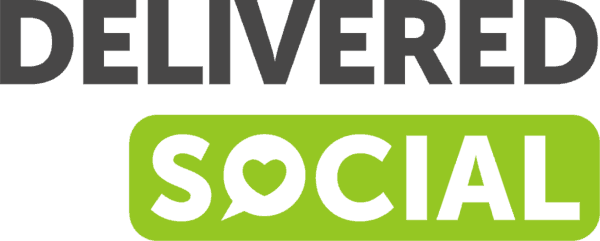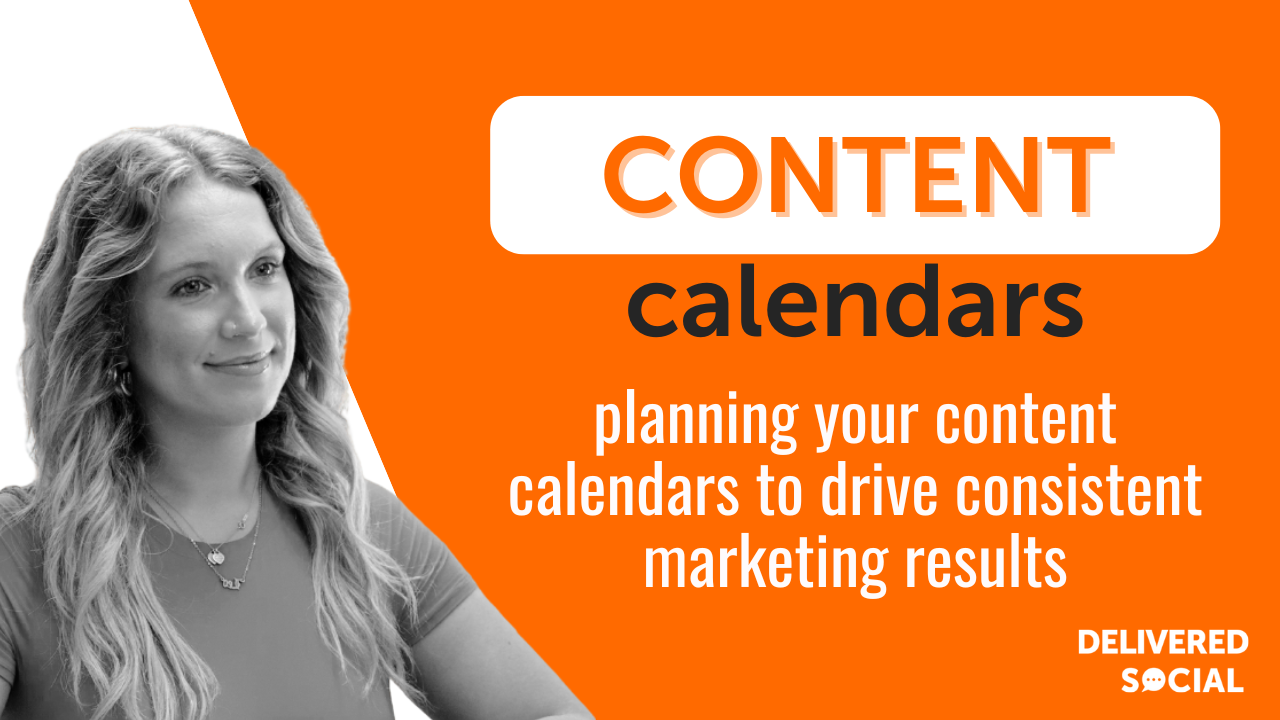
Creating consistent marketing results takes more than good ideas—it requires structure and follow-through. One of the most effective ways to stay on track is to plan content calendar weekly. This approach helps teams stay focused, avoid last-minute scrambles, and publish content that supports clear goals. Whether you’re managing social media posts, blog updates, or email campaigns, a weekly schedule keeps priorities visible and tasks manageable. Instead of chasing trends or reacting to deadlines, you can build a steady rhythm that supports long-term growth. With the right planning habits in place, your content efforts become more predictable—and more productive.
Understand Your Marketing Goals
Start by writing down what you want your marketing to achieve. Break these into short-term and long-term goals. A short-term goal could be getting more traffic this month. A long-term goal might be building a steady audience over the next year. Clear targets help shape what content you should create and when to post it.
Once your goals are set, connect them directly to your content plan. If your aim is to grow newsletter signups, focus on posts that lead people to subscribe. If you want more product sales, prepare weekly topics that explain how your items solve real problems or answer common questions from customers.
Use each goal as a filter before adding anything to your calendar. Ask yourself if a blog post or video supports one of those outcomes. If it doesn’t fit any target, skip it or revise the idea so that it does contribute toward progress.
When you plan content calendar weekly, reviewing these goals keeps everything aligned with purpose. It’s easier to stay on track when each task reflects a bigger reason behind it. You also avoid wasting time on topics that don’t move results forward.
Setting clear objectives early helps measure success later on. Instead of guessing whether something worked, compare it with the result tied to that week’s post or campaign idea. Adjust based on what performs best against those original benchmarks.
Goals also help teams stay focused during planning sessions. Everyone sees why certain choices matter and how they link back to larger business efforts rather than just filling space online.
Without specific goals, content becomes random and hard to track for impact. With them in place, every piece has direction and value—turning posts into tools instead of just words on a screen.

Know Your Audience Inside Out
Start by learning how your audience thinks, acts, and decides. Look at what they read, share, and comment on. Use tools like Google Analytics or social media insights to see which topics get the most attention. This gives you a clear view of their habits.
Understand what problems they face every day. Read reviews, questions on forums, or feedback on your own content. These sources show you real concerns that matter to them. Once you know these issues, create material that helps solve them.
Pay close attention to how people search online. The words they use can tell you what they want to find. Use keyword research tools to uncover common search terms related to your field. Match your topics with those terms so that you’re offering answers they already look for.
Break down your audience into smaller groups based on age, job role, or interests. Each group may respond better to different types of messages or formats—some prefer video while others might favour short blog posts or checklists.
Once you gather this data, apply it when you plan content calendar weekly. Slot in pieces that reflect the current needs of each segment as trends shift over time. This keeps your material useful and timely without guessing what works.
Review past performance regularly to spot patterns in likes, shares, and clicks. High numbers mean something connected well; low ones point out gaps in relevance or timing.
When content speaks directly to someone’s situation or problem, they notice it faster and stay longer on the page. They also remember where it came from and return for more later.
Repeating this process helps align all future plans with actual user behavior rather than guesses or assumptions about interest levels or preferences.
Plan Content Calendar Weekly for Maximum Consistency
Publishing content on a fixed schedule helps keep your strategy on track. When you’re planning a content calendar weekly, your team always knows what needs to be done and when. This kind of planning builds a steady workflow that avoids last-minute changes or missed deadlines.
Weekly scheduling makes task management easier. Writers, designers, and editors can see upcoming assignments ahead of time. This gives everyone enough space to complete their parts without pressure. It also reduces confusion during busy periods like product launches or seasonal campaigns.
Using a weekly structure also helps spot gaps early. If one week looks thin, you can add more posts or move things around before it’s too late. It’s much harder to do this if you plan only once a month or less often.
With regular planning, your team can respond faster to current topics or trending news. You don’t need to redo the whole calendar — just adjust the next week’s lineup based on what’s relevant now.
This short-term method also improves communication between departments. Marketing teams know when promotions go live, while sales teams can align outreach with published materials. Everyone works from the same schedule, which keeps messaging consistent across all channels.
Tracking performance becomes easier as well. When you publish every week, it creates data points that show what works and what doesn’t over time. You’ll notice patterns in traffic, engagement, and conversions more clearly than with irregular posting schedules.
A weekly plan also keeps your audience engaged regularly. Readers start to expect updates at certain times and return for new information or offers because they trust your timing.
By staying organised each week, teams avoid stress near deadlines and make better use of available resources like writers’ hours or design slots in production queues.
Balance Content Types Across Channels
To keep your marketing efforts steady, distribute different types of content across platforms. Use blog posts to share detailed insights or updates. Post short videos to explain ideas quickly or show how something works. Share social media updates to stay visible and encourage quick action. Send email campaigns to deliver direct messages and drive clicks.
Each channel has a different purpose. Blogs help with search visibility and offer space for longer information. Videos can grab attention fast, especially on platforms like YouTube, Instagram, or TikTok. Social media allows you to react in real time and build interaction through comments and shares. Emails give you control over timing and message delivery.
When you plan content calendar weekly, assign each type of content its own day or platform slot. For example, publish a blog post on Monday, send an email campaign on Tuesday, post a video midweek, then use the weekend for lighter social media updates. This keeps your output steady without repeating the same format too often.
Mixing formats also helps reach people who prefer one type of content over another. Some users read articles; others watch short clips or scroll through image posts. By rotating formats across channels, you increase the chance that more people will engage with your message.
Keep track of which types perform better on which platforms by reviewing data regularly—such as open rates for emails or views for videos—and adjust future plans accordingly.
A structured mix avoids overload while keeping messages fresh across multiple touchpoints. Over time, this approach builds recognition without tiring your audience with the same format every time they see your brand appear online.
Incorporate Seasonal Trends and Industry Events
Aligning your content with specific times of the year helps you stay timely. Focus on holidays, awareness days, and events that matter to your audience. These can be national celebrations, local observances, or dates tied to your industry. For example, a fitness brand may want to create posts around New Year’s resolutions or summer workout tips. A financial service provider might focus on tax season or end-of-year planning.
Use data from past years to see what performed well during these periods. Look at engagement rates, traffic spikes, and content shares. Use this information when you plan content calendar weekly so that each post fits into a larger plan with time-sensitive relevance.
Track trending topics using social media tools or search engines. Monitor hashtags and keywords that gain popularity throughout the year. If something aligns with your niche, adjust your schedule quickly to include it. This allows you to respond fast without missing opportunities.
Industry-specific events also offer strong content ideas. Conferences, product launches, webinars, and trade shows attract attention from people interested in those fields. Build content before these events to build anticipation. Share updates during the event for real-time engagement. Follow up after it ends with highlights or takeaways.
Plan ahead by creating a template of key dates each quarter. Add placeholders in your calendar so you don’t miss important times for outreach or promotion. When you plan early but execute weekly, it becomes easier to stay flexible while still meeting deadlines.
Keep checking official calendars for updates about upcoming occasions relevant to your market segment. Update your strategy as needed without changing everything at once.
Using seasonal trends and industry timelines makes sure each piece of content reaches people when they care most about it. This keeps campaigns focused and consistent across weeks without repeating old themes too often or losing momentum between major pushes.

Analyse Performance and Optimise Regularly
Tracking how your content performs each week is essential. Use tools like Google Analytics, social media insights, or email reports to gather data. Look at key numbers such as page views, time on site, bounce rates, shares, and click-throughs. These figures show which topics attract attention and which ones do not.
Once the data is collected, review it with purpose. Compare different pieces of content by format, channel, and posting schedule. Identify patterns in what gains traction versus what underperforms. For example, if blog posts published early in the week get more visits than those posted later, adjust your timing.
Use this feedback to make informed decisions about future planning. If a certain type of post consistently brings higher engagement or conversions, include more of that topic or format in upcoming schedules. Remove low-performing items that don’t contribute to your goals.
Make these evaluations part of your routine when you plan content calendar weekly. Don’t wait until the end of the month or quarter to make changes. Test different ideas often but always base adjustments on clear evidence from past results.
Set aside time each week to review performance metrics before creating new posts for the next cycle. This habit ensures every piece has a purpose backed by real numbers rather than guesses or assumptions.
Optimisation should be ongoing—not one-time fixes but steady improvements based on facts over feelings. This approach builds stronger outcomes with less waste over time because each change responds directly to user behavior.
Tracking and adjusting regularly helps keep efforts aligned with business goals while increasing return on investment for every post created and shared across platforms.
Achieve Marketing Momentum Through Strategic Weekly Planning
Building a strong, consistent marketing presence starts with clarity and structure. By aligning your efforts with defined goals, deeply understanding your audience, and choosing the right content mix across platforms, you set the foundation for impactful engagement. When you plan content calendar weekly, you ensure regularity, relevance, and responsiveness to trends and events that matter. Regular performance analysis allows for data-driven adjustments that keep your strategy sharp and effective. With this disciplined approach, your content marketing becomes more than just posting—it becomes a results-driven system designed for sustainable growth and measurable success.
Interested In Working Together?
Introducing Delivered Social. We’re The Most-Rated Digital Agency In Surrey & Hampshire – We’ve Got To Be Doing Something Right.
Delivered Social is a digital marketing agency with one mission—to help businesses grow. We’re famous in Guildford and Portsmouth for our social clinics. We believe in free advice. We build lasting relationships because our team prides itself on being helpful, which our clients appreciate.
If you are looking for a new website or an agency to manage your social media presence, we can help.
If you need something slightly different, here's a super handy list of all our services, or you can always email us.




